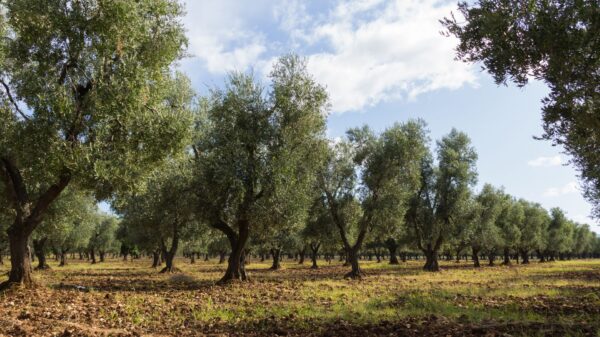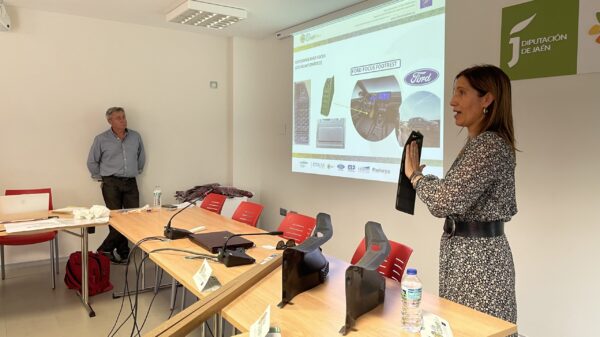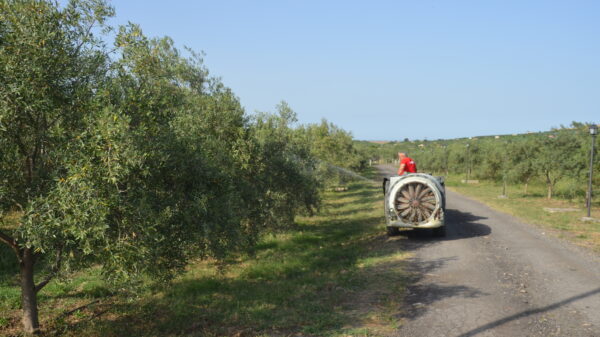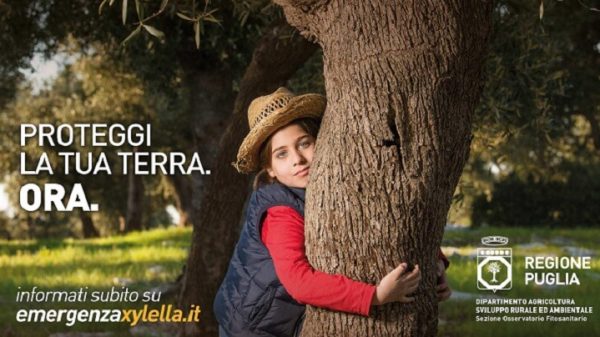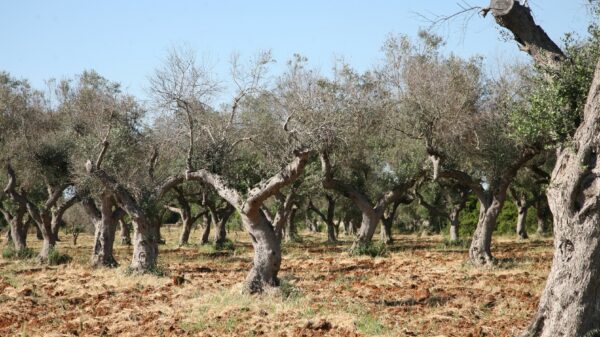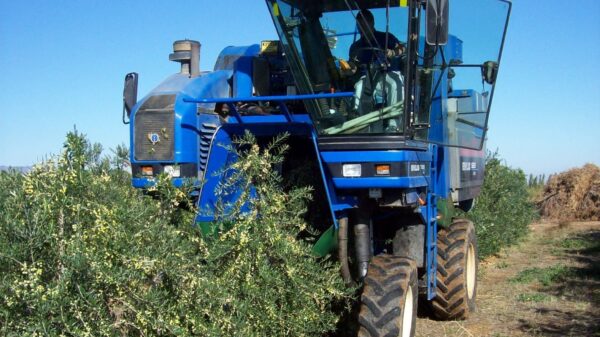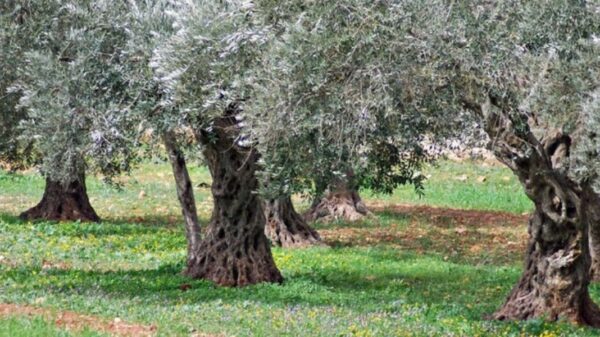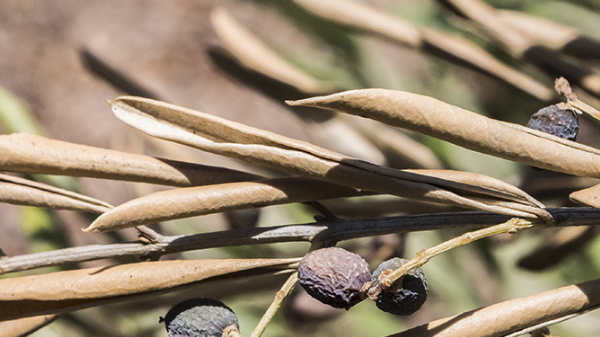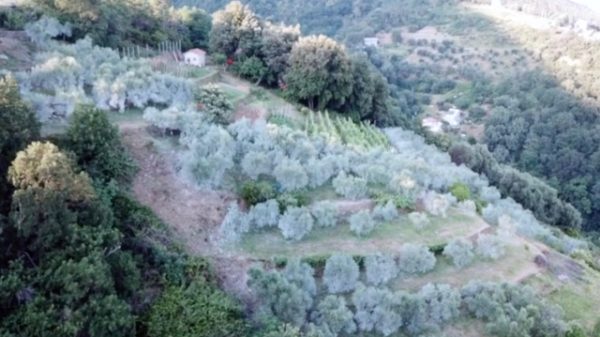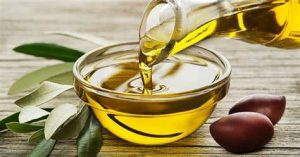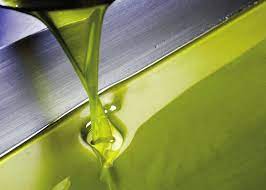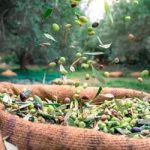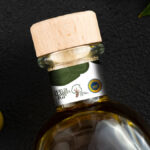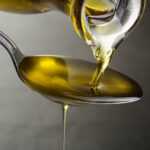Is there a quality alert for national extra virgin olive oil? The question arises after massive fly attacks have been recorded in various areas. We turn the question to Barbara Alfei, panel leader of the Marche Agriculture Fishing Agency and godmother of the National Review of Monovarietal Oils (in the picture).
Every year it is difficult to make quality… but when professionalism is combined with passion, good results generally come. This year, however, the fly has especially taken the hobbyists off guard.
 “Objectively – explains Alfei – we are recording, compared to past years, a higher percentage of oils with more or less marked defects and in some cases, also altered chemical parameters such as to downgrade them from extra virgin to virgin. The sensory aspect is the one most influenced by fly attacks; frequent heating and dry hay defects, i.e. fermentations and oxidations: the larva digs tunnels inside the pulp, breaks the cells and the oil, normally contained in the vacuole, comes into contact with the enzymes present in the cellular juices, such as the lipase which determines an increase in free acidity, bringing it in the most serious cases to values even higher than 0,8%. Peroxides also increase, as does K232; in the most serious cases, an unpleasant softness is perceived in the mouth linked precisely to the presence of the larvae (worm defect).
“Objectively – explains Alfei – we are recording, compared to past years, a higher percentage of oils with more or less marked defects and in some cases, also altered chemical parameters such as to downgrade them from extra virgin to virgin. The sensory aspect is the one most influenced by fly attacks; frequent heating and dry hay defects, i.e. fermentations and oxidations: the larva digs tunnels inside the pulp, breaks the cells and the oil, normally contained in the vacuole, comes into contact with the enzymes present in the cellular juices, such as the lipase which determines an increase in free acidity, bringing it in the most serious cases to values even higher than 0,8%. Peroxides also increase, as does K232; in the most serious cases, an unpleasant softness is perceived in the mouth linked precisely to the presence of the larvae (worm defect).
The chemical and sensory laboratory of the AMAP Marche agency receives oils for product classification and optional indication on the label (fruity, bitter, spicy intensity), but also samples for the Marche IGP certification and for the national review of monovarietal oils. “It happens to come across sensory defects that downgrade the oil to virgin – continues Alfei – even in the presence of chemical parameters that fall well within the limits of the extra virgin category. Although the most penalizing, the Panel test is however a parameter envisaged by the legislation for the product classification of oils".
Let's be clear, there are also exceptional oils that come from healthy olives, harvested in olive groves where the producers have been particularly attentive to phytosanitary defence.
“It must be said – specifies Alfei – that who followed an effective defense, both conventionally and organically, also thanks to the support of the Agrometeo monitoring and warning networks, managed to produce quality oils. Conversely, there are those who, reassured by the strong heat and summer drought that kept the fly at bay, have perhaps underestimated the aggressiveness of the parasite in the months of September and October. And the advance of the collection has not always managed to remedy the qualitative problems. In short, it was a difficult year that teaches us that all possible professionalism must be used, on the field and in the oil mill, to counter the effects of climate change and parasitic adversities with correct practices. These aspects strongly penalize hobbyists, but are also putting a strain on those who carry out professional olive growing".

